‘Tamasha’: More than meets the eye

Writer. Storyteller. Fake laughing my way through life. Surviving a quarter-life crisis.
Disclaimer: The following article contains potential spoilers from the movie. So, reader’s discretion is advised. Also, this is just my perspective about some of the best scenes in the movies I’ve watched. Not intended to affect the original idea of the creator. Oh, and the images used in the article rightfully belong to the makers of the movie, Tamasha.
Why always the same story?
It’s almost a crime to call Imtiaz Ali’s movies ‘love stories’. I’m sure most of us know him for the romantic scenes in Jab We Met or the soul-stirring songs of Rockstar and Tamasha but this guy has showed us how a movie can be both smart and poetic (like the old-fashioned rhythmic Urdu poems, I mean). And, I don’t think anyone can write screenplays that are so rooted yet so classy to the mainstream Indian audience better than him.
In this piece, I’m going to talk about the best movie he’s made yet, Tamasha. The tagline of this movie goes ‘Wahi kahani phir ek baar‘ which translates to ‘The same story, once again‘. I don’t think there can be a better line to tag this movie. I mean, if you have watched the movie, you’ll realize it is the story you’ve watched, read, and listened to a hundred times now, yet you know he’s made a different moral out of it.
In the early scenes in this movie, you see a small boy running up to a roadside storyteller, with all the pocket money he’s saved, to listen to his stories. The storyteller does tell him stories, but all of them seem to be from different eras yet have the same story line. He jumps from one story to another, yet the overall moral is one and the same. Much like the movie. And who’s narrates the entire movie? The central character named Ved. Are we about to watch a Mahabharata, lol?
There are multiple stories in this movie, just like Mahabharata, including a branch story involving a auto-rickshawala (modern-day charioteer, maybe?), yet when the movie is over, all these stories contribute to the overall moral the movie sets out to make. But, let’s get to the visuals part now. Ravi Varman makes an amazing work here. There are different stories here and all of these get a different treatment visually.
Damsel in Distress
What is the oldest fairy-tale we know? The princess locked up in a castle waiting for prince charming to come and save her. In Tamasha, this story is strangely used in two different ways.

The Corsica chapter is a classic direct retelling of the usual ‘damsel in distress’ storytelling altered slightly to suit the modern age, while the entire movie shows how Ved, the main character, stuck in his lifeless 9-to-5 job, is saved by the Tara.

Ved is the princess who needs saving and Tara helps him come out of his castle. He even stays in Shimla, a hill station, for the entirety of the climax portion to suit this storyline.
Madly in Love
The story of Laila Majnu is mentioned multiple times in the movie. But it takes inspirations from that story as well. According to the origi story: Qays, aka Majnu, loves Layla. Layla loves him back. Majnu wants to marry her but she is married to someone else and Majnu flees, becomes mad and recites poem about her in the forest.

In Tamasha: Ved loves Tara, Tara loves Ved, Ved proposes to Tara but he doesn’t get her because she’s not in love with this Ved. He shouts at her, flees in an auto-rickshaw, starts randomly reciting poems amidst strangers and turns mad (with his work and himself).
Andar Ki Baat
This is something the movie talks about in detail over multiple scenes. The hero wants something but has to work with something else. He’s constantly so lost in his ‘duties’ that he ultimately forgets what he actually wanted the whole time. Everytime we want to know the hero’s mood, we get a scene in front of the mirror. The mirror is a recurring motif through which we actually know what the hero feels.

The first time we see the hero standing in front of the mirror, he’s really young, living in the world of dreams and looking to create one of his own. He’s excited, happy, and he thinks his life is going to be about stories.

The second time we see a mirror is when he’s rejected by the girl. We see him at crossroads trying to choose between becoming a Majnu from his stories, or being ‘normal’. And, he chooses to be normal. But, as the story would have it, he becomes a Majnu. He acts abnormally, creates a scene at the restaurant and slowly turns mad. That’s when we get the third mirror scene.

He knows he’s screwed up at work and he blames the girl for all of this. Look at the lighting in this scene. The green looks uncomfortably chaotic.

The next time we see a mirror is when he gets back home after quitting his job. The same mirror in his house before he chose to be ‘normal’. Now he’s all dramatic as though he’s embraced his dark side.

The last time is back home in Shimla where he’s just fought with his parents. He scolds his younger self to come out of his imaginary world, and if he knew what is going to happen now. His younger self replies ‘only the narrator knows that, no?’. The framing is such a way that we see only one of the three mirrors. The last one. It’s as if we are looking at the last part him. And rightfully so, we are about to see the last part of the movie as well. He runs to the old storyteller and asks him to finish his story for him, only to realize, he should be the narrator. That’s how his life started: a young boy dreaming to tell his own story, and that’s how the movie started off as well: Ved playing the role of a robot and narrating his own story. After all, he is Ved, the narrator.
This brings me to the end of this article. I hope you found this piece interesting. If you have any thoughts on this, please leave them in the comments below. As always, this is my perspective and might not align with most of you or the makers of the film. But, Thank God for art, no?
This article was originally published on The Opinion


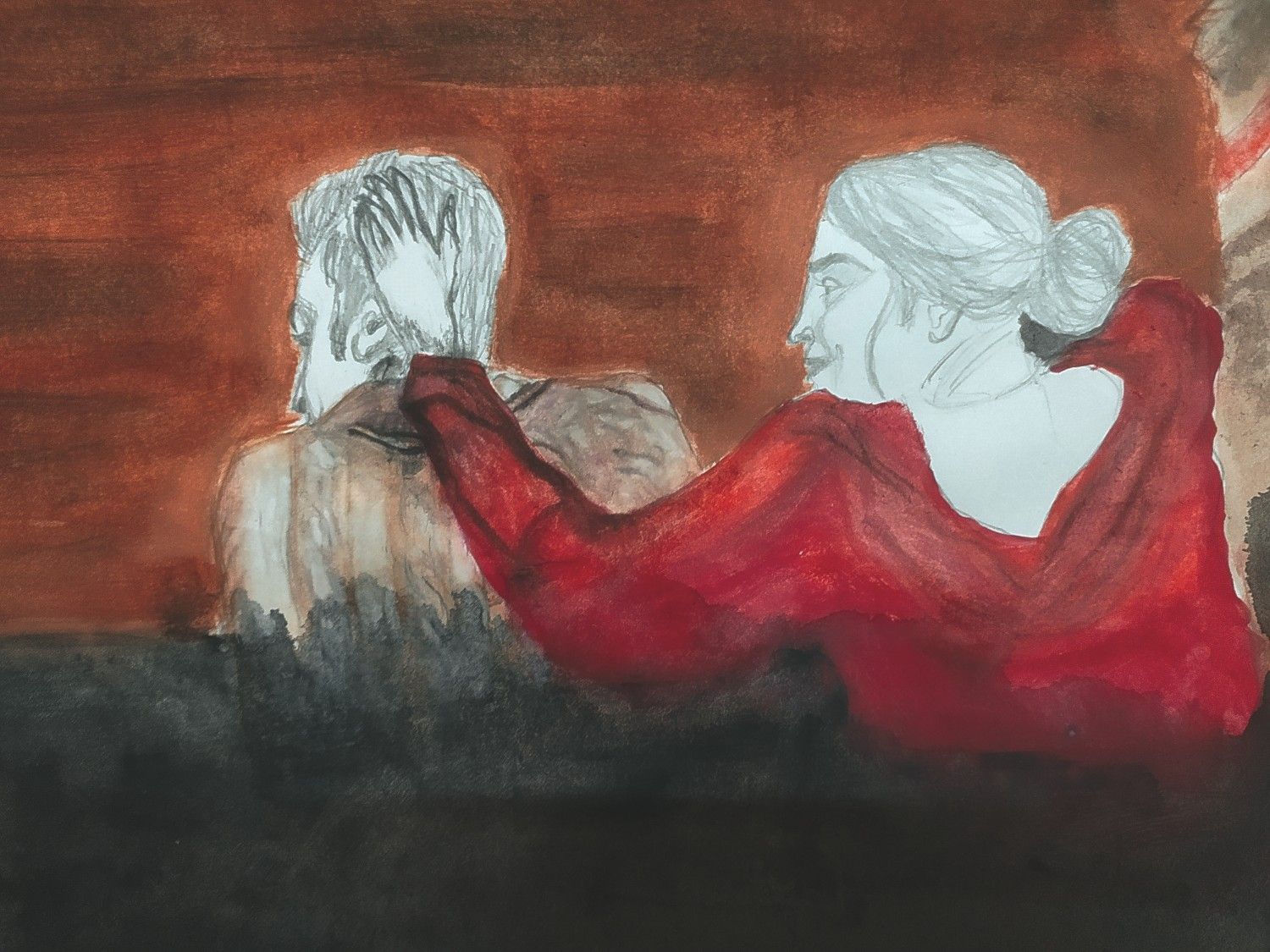
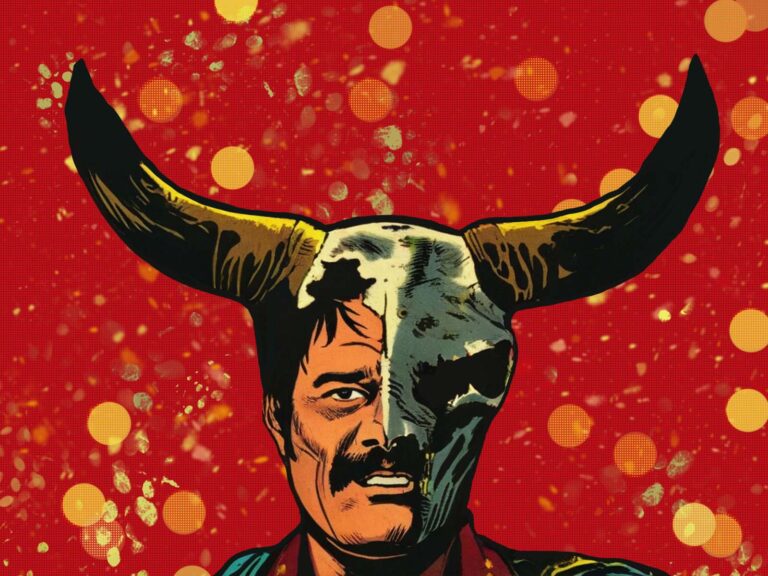
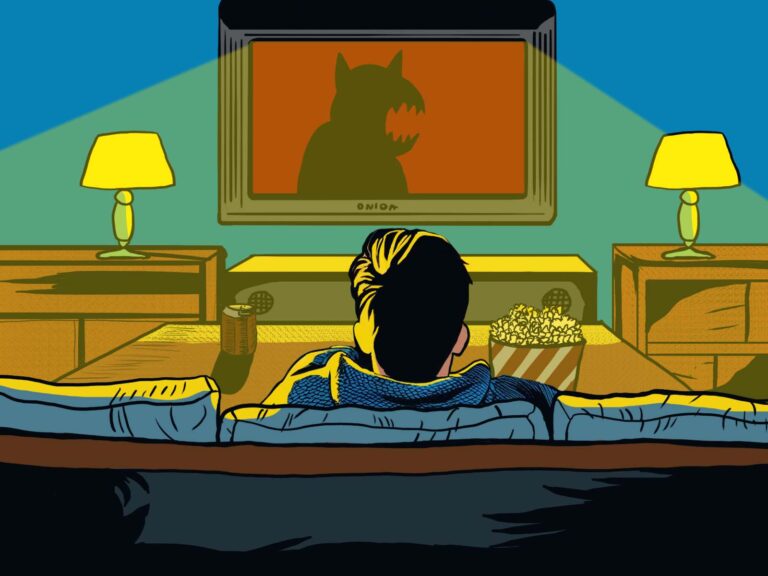
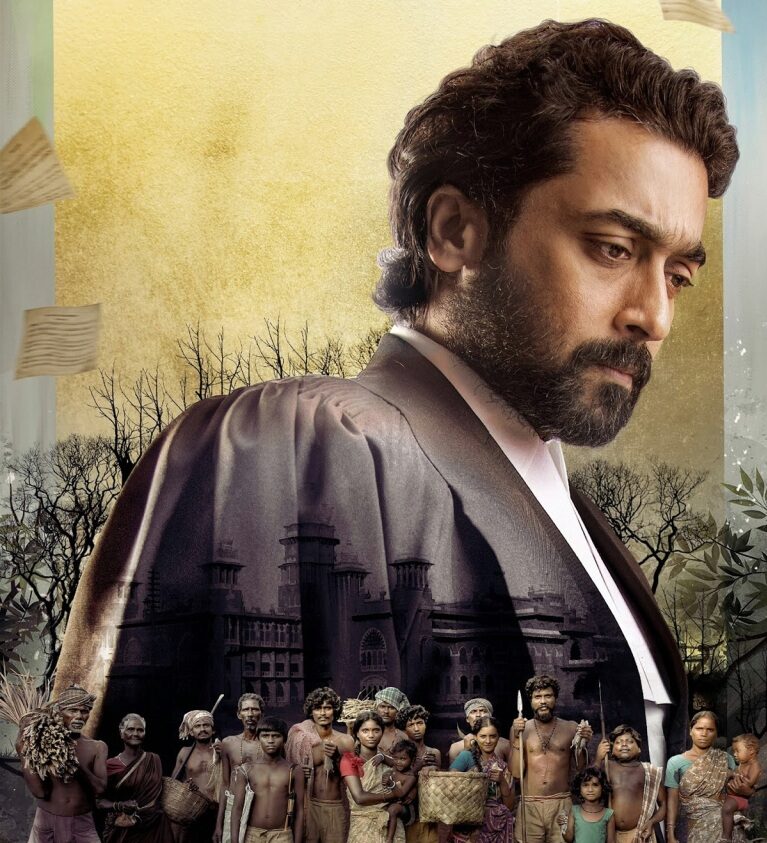
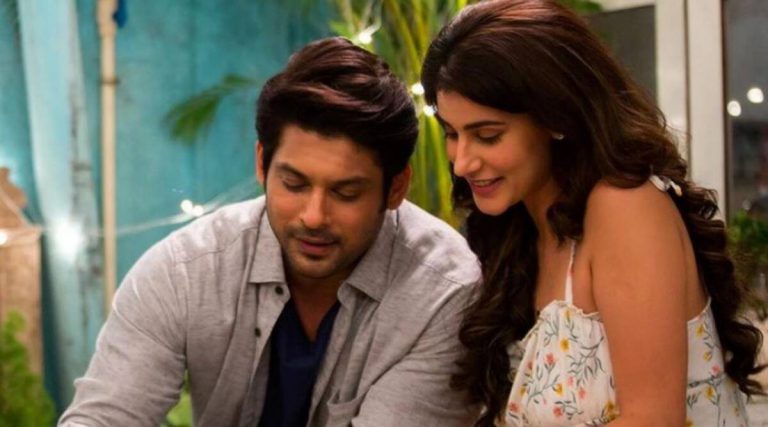
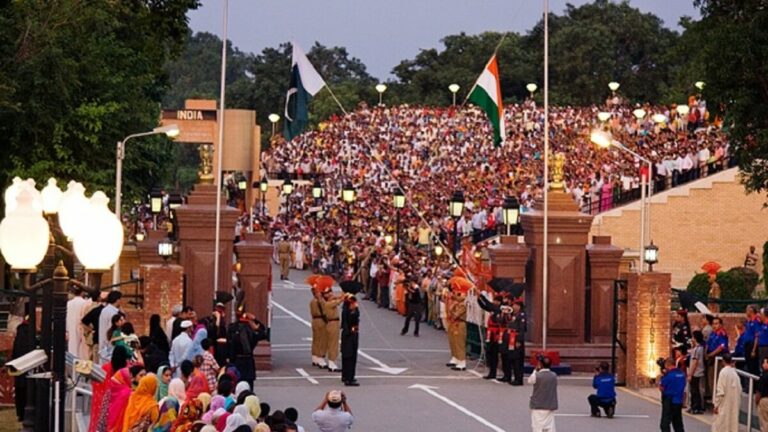
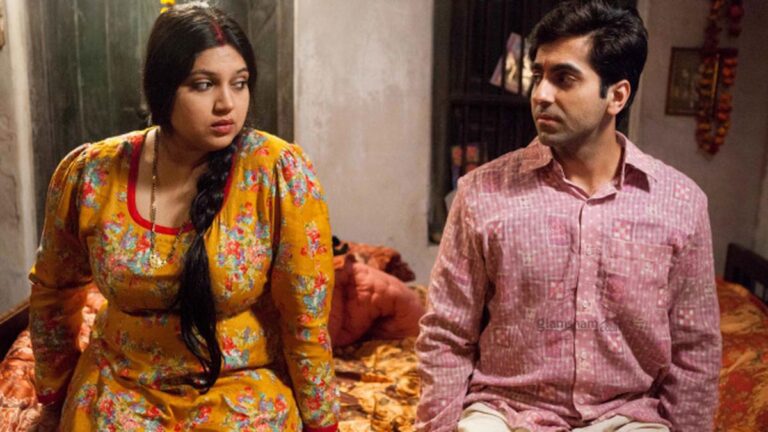
Readers' Reviews (2 replies)